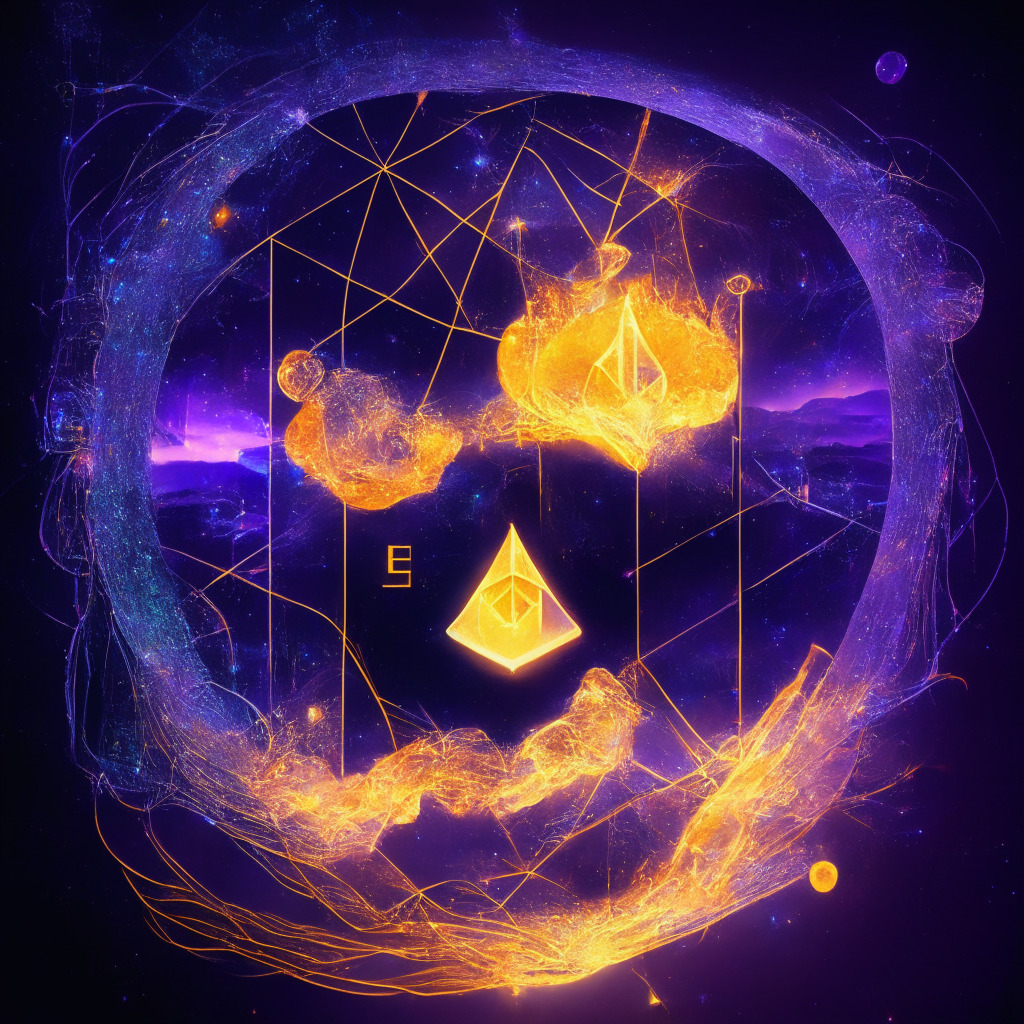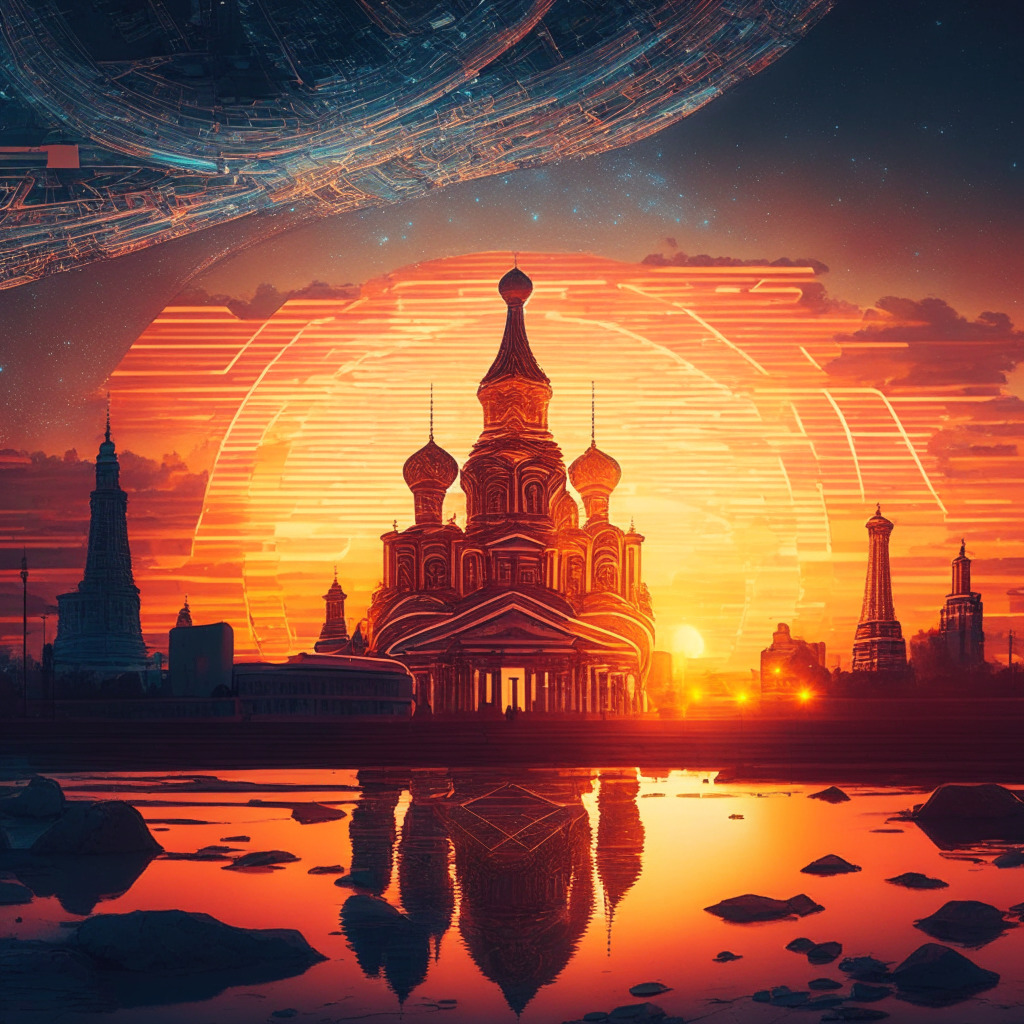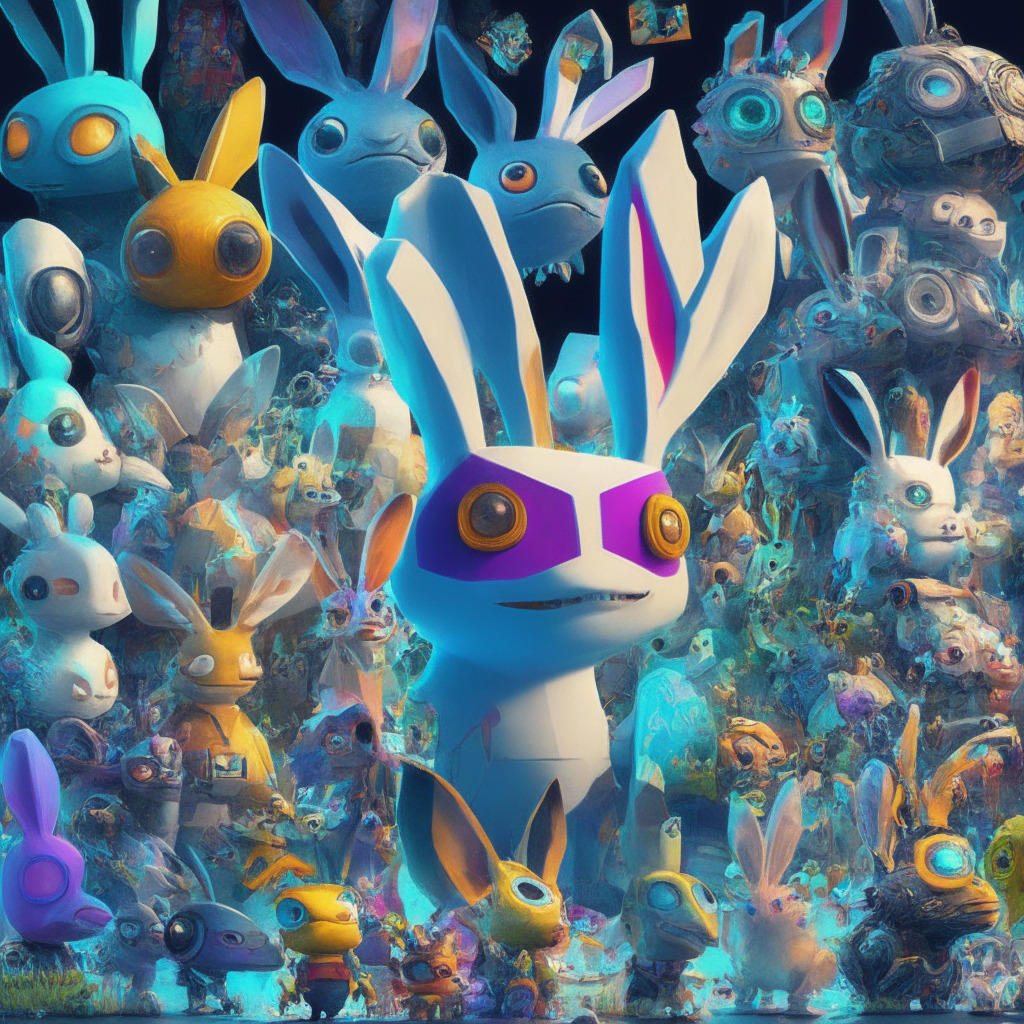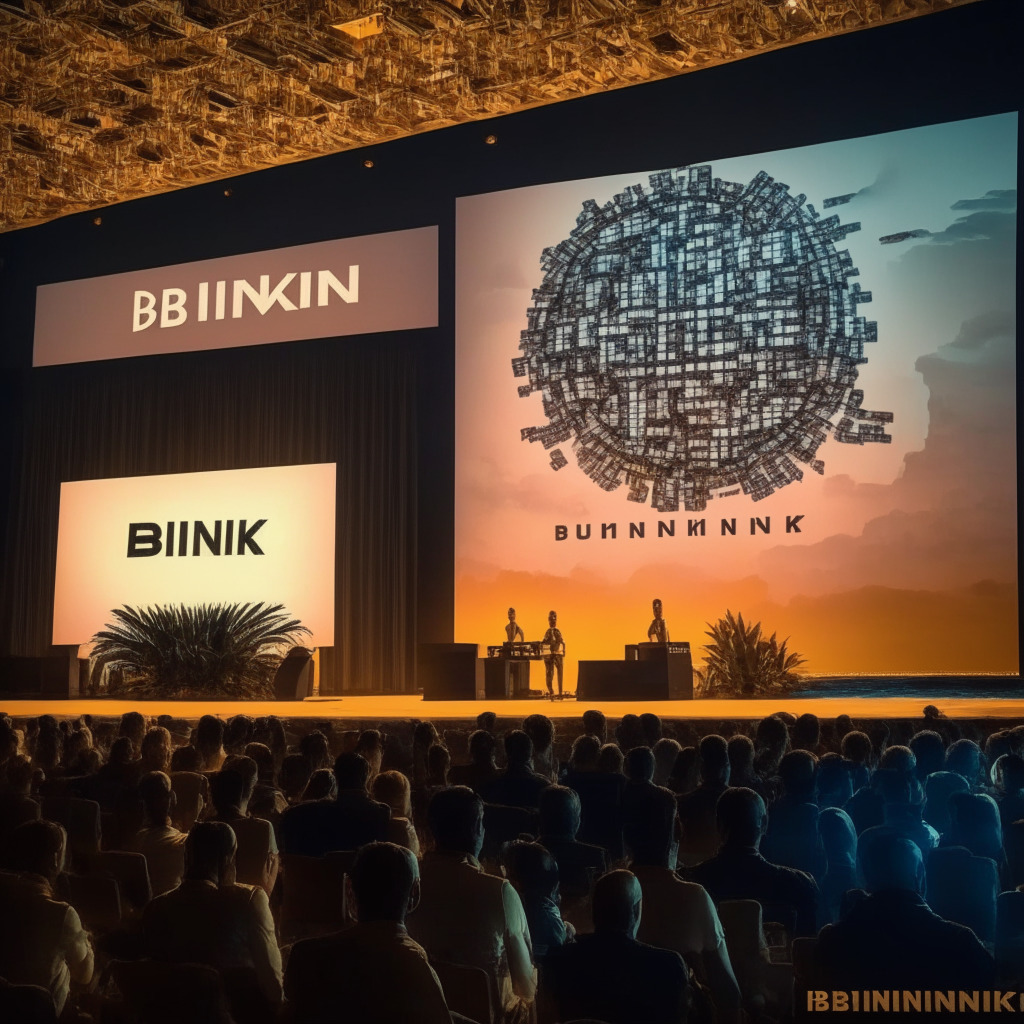Ethereum’s ERC-721 and ERC-1155 are among the most well-known examples of token standards in the blockchain world today. They serve as blueprints, establishing rules for how tokens behave within a protocol and significantly simplifying the creation process. These standards come with predetermined rulesets and are considered trustworthy because they have been thoroughly audited and confirmed compatible with various applications. However, many common NFT functions, such as minting and burning, do not have standardized protocols, leading to increased complexity for content creators.
Folklore founder Rafa recently addressed this issue on the On the Other Side podcast, where he discussed the challenges of standardizing a wider range of NFT interactions. He acknowledged that the industry might still be in its infancy and stressed the need to develop more advanced standards. While limited NFT standards like ERC-721 enable better interoperability, they also leave significant room for improvement when it comes to additional functionality, like minting.
Rafa suggests that the current system allows creators to experiment but also notes that it is not guaranteed that various interfaces will support all custom functions of different mints. Compatibility issues are almost inevitable without standardization. As a result, creators’ ability to distribute their content is often predetermined by the interfaces that support their protocol choice.
One possible solution Rafa proposes is the expansion of standard sets, which would enable creators to act as content liquidity providers. Imagining a standard for minting and burning NFTs could improve the system, but Rafa warns that whichever protocol lobbies the hardest will likely be the most influential in determining which standard is adopted. This might mean that some protocols will need to update to comply with the chosen standard.
Rafa envisions a future solution that abstracts away issues related to creator choice of
Source: Blockworks




